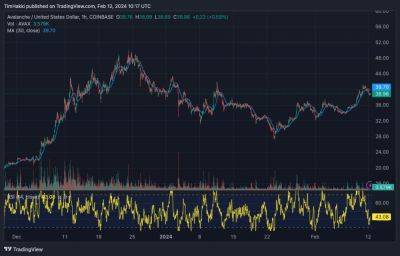Scammers Use Meme Coin Mania to Defraud 42,000 Victims and Amass $32 Million: Blockfence
A group of fraudsters has managed to deceive over 42,000 victims, accumulating a staggering $32 million in a series of crypto scams that began in April 2023.
What makes this scam unique is the use of a method that even fooled some of the industry’s renowned “rug pull detectors,” as revealed by blockchain security firm Blockfence.
Typically, these scammers create tokens that impersonate upcoming crypto projects, capitalizing on the fear of missing out (FOMO) to entice unsuspecting investors.
Pablo Sabbatella, Blockfence’s head of security research, noted that they then manipulate the maximum token supply through minting and burning, alongside a code bait-and-switch tactic to effectively deceive victims while eluding rug pull detectors.
Sabbatella explained that the scammers initiated the process by transferring approximately 10-20 Ethereum (ETH) to an externally owned account, which they then used to generate counterfeit tokens.
Injecting fake liquidity into the scam project, they created the illusion of legitimate volume in liquidity pools on Ethereum-based decentralized exchanges like Uniswap.
To further deceive investors, the scammers implemented a lock() function on the LP tokens, giving the impression that rug pulling would be prevented.
Once the price of the fake token was artificially inflated through wash trading, the scammer executed the setUserBalance function.
This action updated the victim’s token balance to “1” and technically burned the token, making it impossible to sell.
However, the token remained visible in the victim’s wallet, adding to the deception.
Sabbatella elaborated, stating that the scammer would eventually remove the liquidity from the LP, causing the token’s value to plummet close to zero.
Curiously,
Read more on cryptonews.com



















